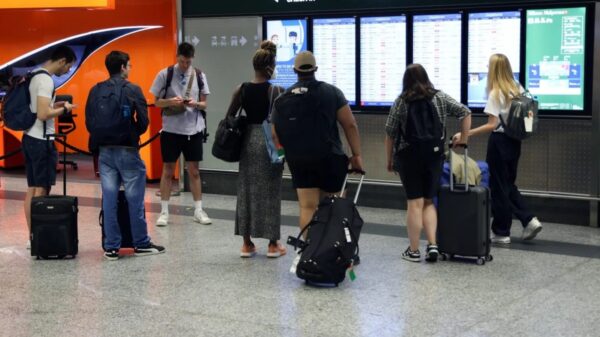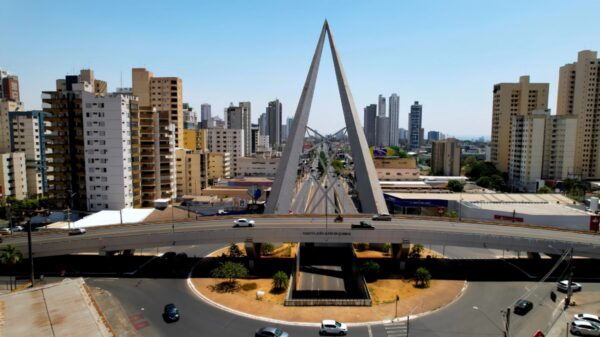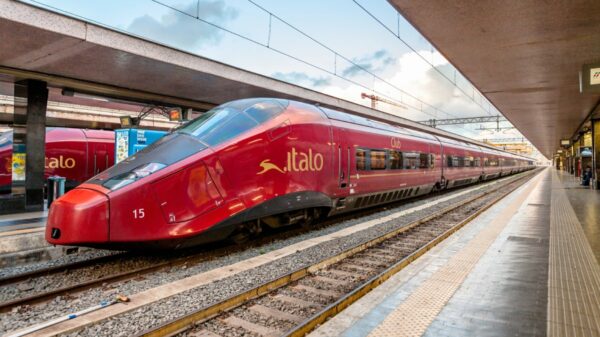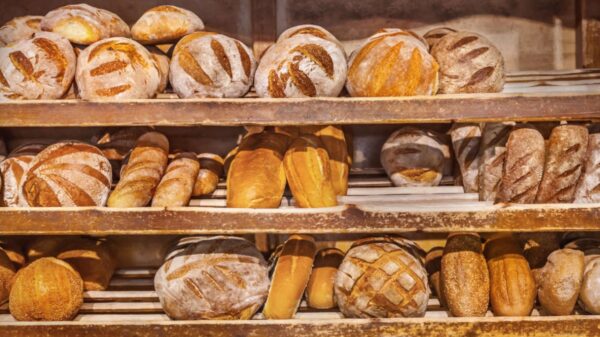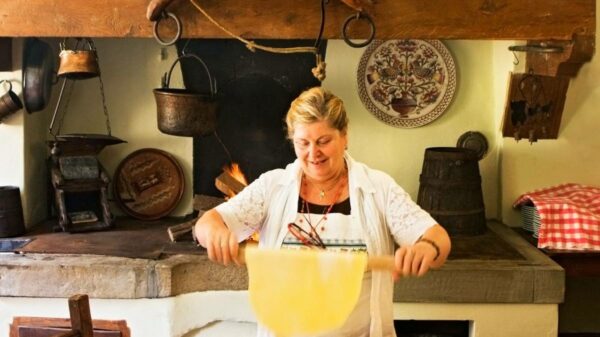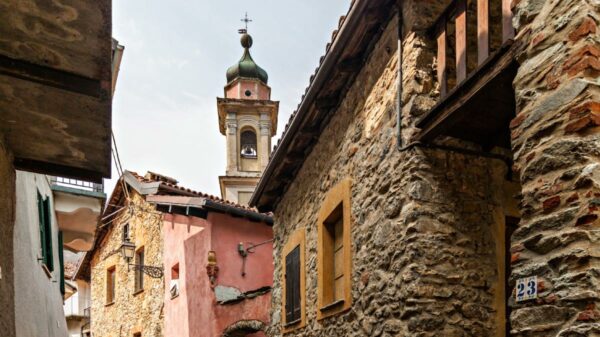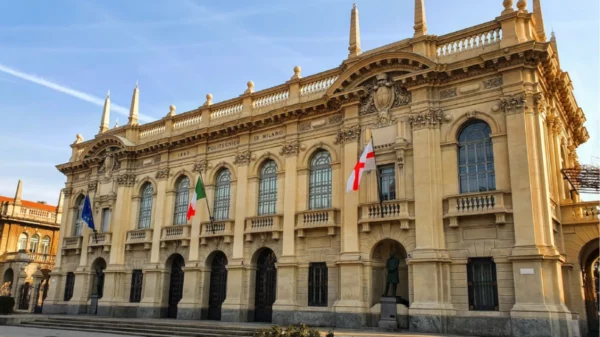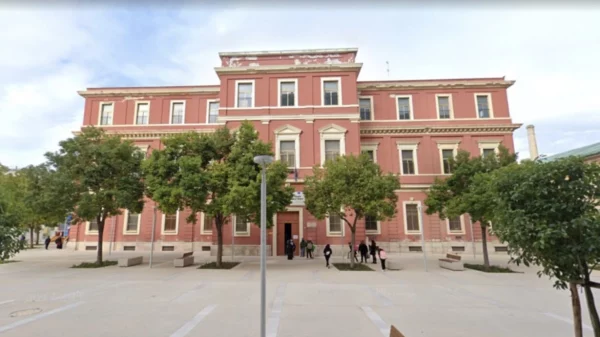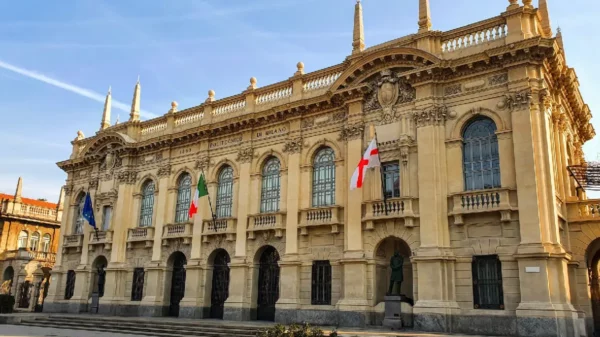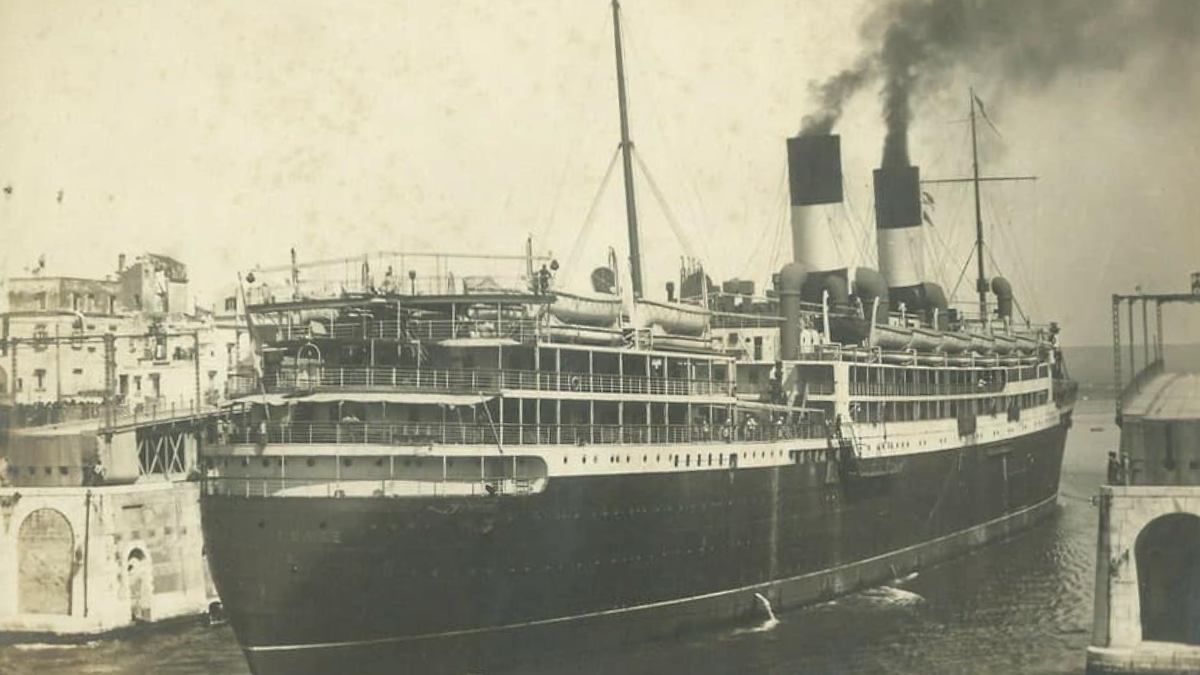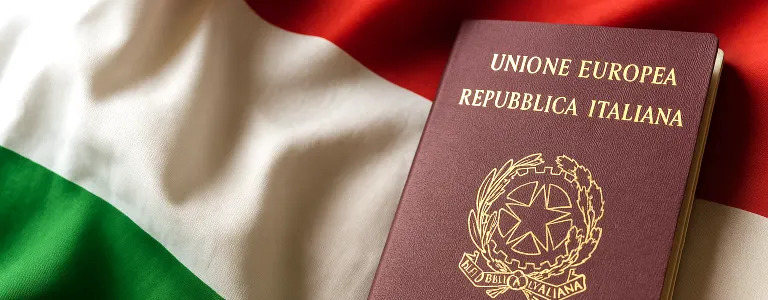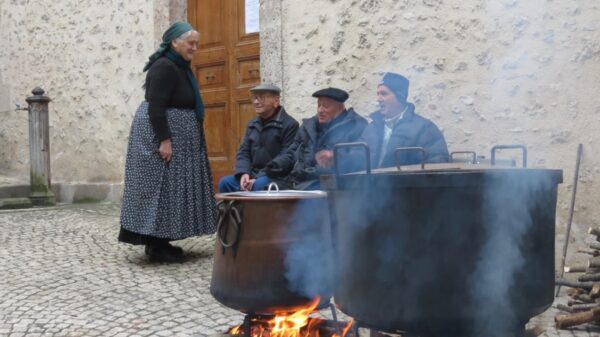Between the end of the 1,5th century and the beginning of the XNUMXth century, Brazil received more than XNUMX million Italians.
Many arrived aboard ships that crossed the Atlantic bringing families in search of work and better living conditions.
Now digitized or preserved in public archives, these records are essential for anyone seeking to trace their family's Italian origins or seeking recognition of citizenship.
During this period, most arrivals took place at the ports of Santos (SP) and Rio de Janeiro (RJ). Immigrants were sent to hostels, such as the one in São Paulo, and later sent to farms or colonies in the interior of the country.
Below, learn where to find passenger lists, how to interpret these records, and what to do if your ancestor's name doesn't appear.
Main ships that brought Italians to Brazil
Several vessels have become part of the history of Italian immigration to Brazil, especially between the 1870s and 1920s. Highlights include:
- La Sofia (1874): arrived at the port of Vitória (ES) on February 17, bringing 388 immigrants, mainly from the Veneto and Trento regions. The voyage marked the beginning of mass immigration of Italians to Brazil.
- Ville de Tamatave (1875): French ship that transported several groups of immigrants to the Campinas region (SP), one of the main coffee-growing centers at the time.
- SS La Bretagne (1888): transported a large group of Italians to the state of Santa Catarina.
- SS Weser (1890): German vessel that brought immigrants to the port of Rio de Janeiro, consolidating the Italian presence in the capital of the Republic.
- SS Sofia: another ship that was part of the migratory route from Europe to Brazil, contributing to the flow of Italians to several Brazilian states (not to be confused with the La Sofia of 1874).
These vessels frequently appear in passenger records and serve as a starting point for genealogical research.
Where to find the lists of Italian ships
The good news is that many of these records are accessible online or through in-person consultation at public archives.
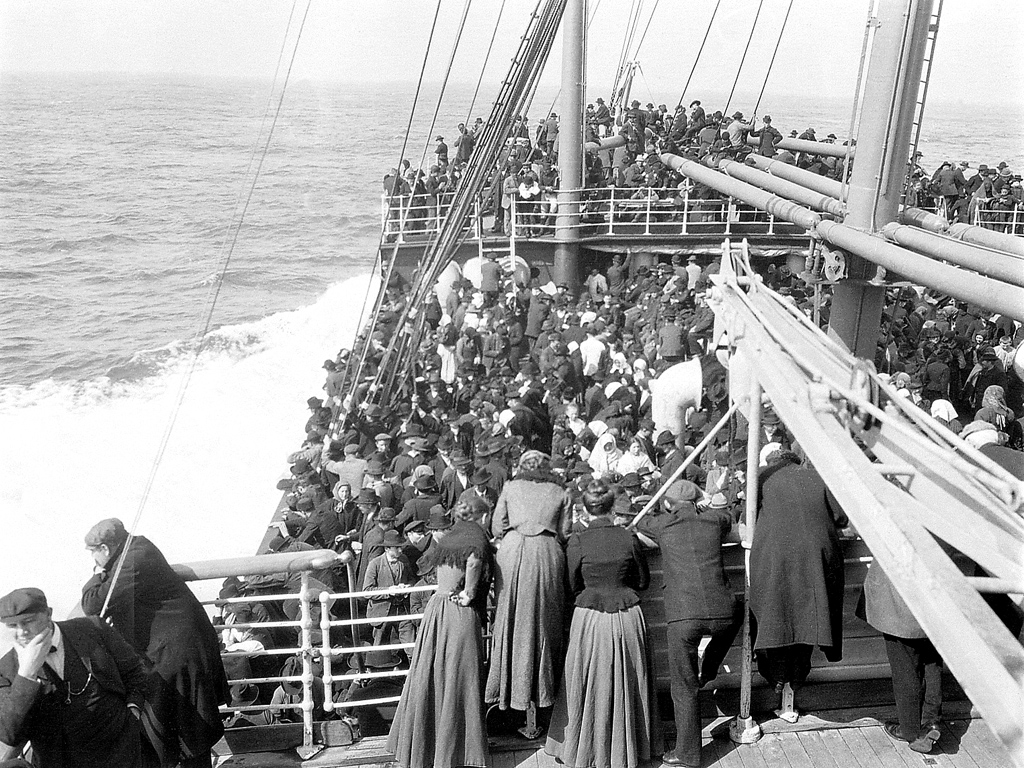
Official platforms and files
- National Public Archives (SIAN): allows research on immigration and the formation of immigrant colonies, with information on the registration of foreigners in Brazil.
- Public Archives of the State of Minas Gerais: lists of Italian ships and passengers, plus details on immigrant colonies.
- Public Archive of the State of Espírito Santo (APEES): data on Italian immigration to Espírito Santo between 1874 and 1895.
- Public Archives of the State of Rio Grande do Sul: birth, marriage, death records and marriage licenses.
- Public Archives of the State of São Paulo: access to disembarkation certificates based on records from guesthouses, the Port of Santos and the Foreigners' Police Station.
- Public Archives of the State of Paraná: online research with 97.727 records of landings at the Port of Paranaguá between 1876 and 1879 and, after an interruption, between 1885 and 1896.
- São Paulo State Immigration Museum: collection with more than 87 thousand images documenting the history of immigration in Brazil, as well as various records and documents.
- FamilySearch: International platform with immigrant records, including entries and exits through the Port of Rio de Janeiro. Searches can be made by name, date, and location.
- Flores Island Immigrant Hostel: Entry records from 1877 to 1913, available on microfilm at the National Archives and at Mormon Church Family History Centers.
- Italian Immigration Blog in Brazil: maintained by enthusiasts, it brings together passenger lists of Italian ships organized by year and name of the vessel.
International platforms
- CISEI: free database with millions of Italian immigration records.
- Centro Altreitalie: database with data on Italian migration to America.
- Ancestry: allows the creation of family trees and comparison of data with other descendants.
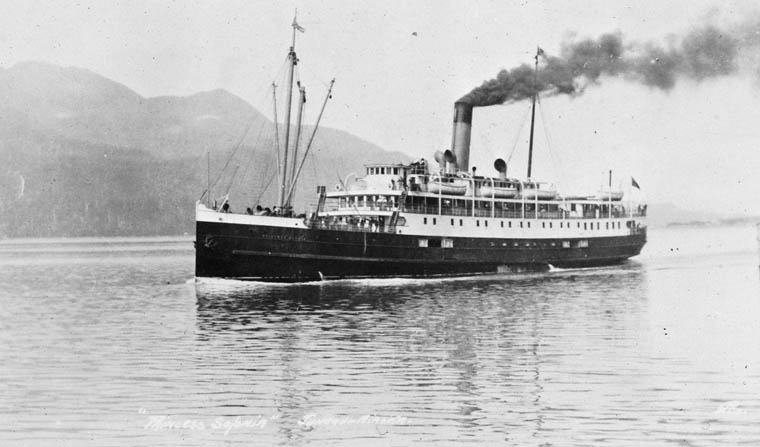
How to Interpret Immigration Records
Ship lists generally present the following data:
- Name of the ship
- Travel date
- Port of origin and destination
- Passenger's full name
- Age, profession and marital status
- Family composition (spouse, children, relatives)
This information helps identify the place of origin in Italy and cross-reference data with Brazilian certificates—essential for proving lineage in citizenship processes.
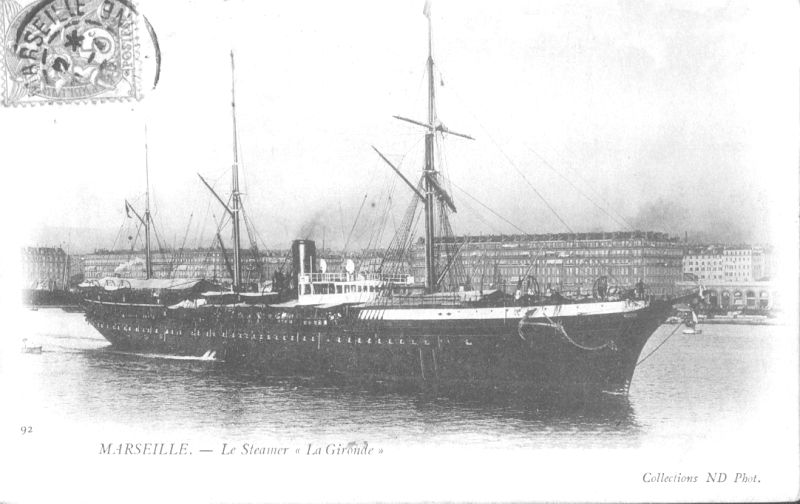
Common errors and absences in records
Because these were manual records made in low-literacy settings, many names were misspelled. Examples:
- Giuseppe → Joseph
- John → John
- Domenico → Sundays
Furthermore, many immigrants came with relatives and are not listed as family members. Therefore, it's essential to conduct comprehensive investigations, considering variations in first and last names.
Most common surnames and regions
Among the most frequent surnames in the records are: Rossi, Ferrari, Bianchi, Esposito, Moretti and De Luca.
Many of these families came from Veneto, Calabria, Lombardy, Tuscany and Piedmont.
What if the ancestor's name doesn't appear?
In these cases, it is recommended to cross-reference information with:
- Marriage and death certificates in Brazil
- Parish records (baptism, confirmation)
- Naturalization documents
- Wills or land records
It is also useful to use platforms such as FamilySearch e Ancestry, which allow you to build family trees and compare information with other descendants.
Importance for Italian citizenship
To obtain recognition of Italian citizenship By descent, it is necessary to prove the line of transmission back to the ancestor born in Italy. Ship registrations are the first step in this journey, as they help confirm the immigrant's arrival and provide valuable clues for locating documents in Italy.




